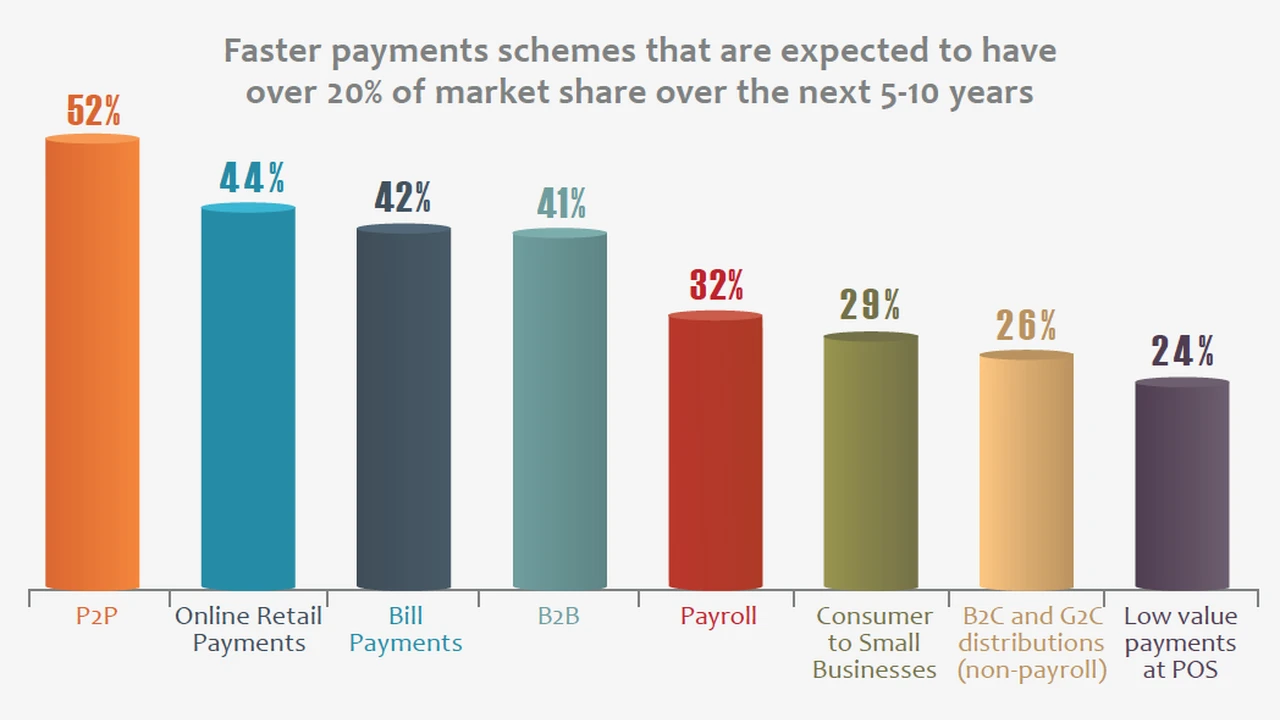Marketplace Fees in SEA & Mexico: A Comprehensive Comparison for Sellers
Sample meta description.

Understanding Marketplace Fees The Key to Profitability in Southeast Asia & Mexico
So, you're thinking about selling your awesome products online in Southeast Asia (SEA) and Mexico? Smart move! These markets are booming. But before you jump in, let's talk about something crucial: marketplace fees. These fees can seriously eat into your profits if you're not careful. This guide breaks down the fees you'll encounter, helping you make informed decisions and maximize your earnings.
SEA Marketplace Fees Shopee Lazada and More
Let's start with Southeast Asia. Shopee and Lazada are the big players here. They offer a huge reach, but their fee structures can be a bit complex.
Shopee Fees A Deep Dive for SEA Sellers
Shopee's fees generally include commission fees, transaction fees, and potentially service fees. Commission fees are a percentage of your sales and vary depending on your product category and seller level. Transaction fees cover the cost of payment processing. Shopee also has optional service fees for things like advertising and fulfillment assistance.
For example, let's say you're selling a cool gadget for $50 on Shopee. The commission fee might be 3%, which is $1.50. The transaction fee might be around 2%, which is $1.00. So, before you even ship the product, you've already paid $2.50 in fees. Keep this in mind when pricing your products!
Lazada Fees Navigating the Landscape in SEA
Lazada's fee structure is similar to Shopee's, with commission fees, payment fees, and potentially other service fees. They also have different seller programs that come with varying fee structures. It's essential to compare these programs carefully to see which one best suits your business.
Lazada might have lower commission fees for certain product categories compared to Shopee, or vice versa. It really depends on what you're selling. Always do your research and compare the fee structures before making a decision.
Other SEA Marketplaces Fees and Considerations
Besides Shopee and Lazada, there are other marketplaces in SEA like Tokopedia (Indonesia), Bukalapak (Indonesia), and Tiki (Vietnam). Each of these has its own unique fee structure. While they might not have the same reach as Shopee and Lazada, they can be great options for targeting specific regions or demographics.
Mexico Marketplace Fees Mercado Libre Amazon Mexico and Beyond
Now, let's hop over to Mexico! Mercado Libre is the dominant player here, but Amazon Mexico is also gaining traction. Understanding their fee structures is key to success in this market.
Mercado Libre Fees A Mexican Marketplace Breakdown
Mercado Libre's fees typically include a commission fee based on your product category and the type of listing you choose (classic or premium). They also have fees for shipping and payment processing.
Mercado Libre offers different listing options. A "classic" listing usually has lower commission fees but less visibility. A "premium" listing has higher fees but offers better placement in search results. You'll need to weigh the costs and benefits of each option based on your product and target audience.
Amazon Mexico Fees What to Expect as a Seller
Amazon Mexico's fee structure is similar to Amazon's in other countries. You'll pay a referral fee (commission) based on your product category, as well as fulfillment fees if you use Fulfillment by Amazon (FBA). They also have monthly subscription fees for professional sellers.
FBA can be a great option for handling storage, packing, and shipping, but it also comes with its own set of fees. You'll need to factor in these fees when calculating your overall profitability.
Other Mexican Marketplaces Exploring Your Options
While Mercado Libre and Amazon Mexico are the main players, there are other smaller marketplaces in Mexico. These might be niche marketplaces focusing on specific product categories. While they might not offer the same reach, they can be good options for targeting specific customer segments.
Product Recommendations Use Cases & Pricing
Okay, let's get practical. Here are some product recommendations and how marketplace fees impact their profitability:
Example 1: Selling Handmade Jewelry on Shopee
Let's say you're selling unique handmade earrings for $20 a pair. Shopee's commission fee might be 4%, which is $0.80. The transaction fee might be 2%, which is $0.40. That's $1.20 in fees per sale.
Use Case: Ideal for sellers who create unique, handcrafted items that aren't easily found elsewhere. Shopee's visual nature and focus on mobile shopping make it a great platform for showcasing these products.
Pricing Strategy: Factor in the $1.20 fee when pricing your earrings. You might need to increase the price slightly to maintain your desired profit margin.
Alternative: Consider selling on Etsy, which has a different fee structure but might be a better fit for handmade goods.
Example 2: Selling Electronics Accessories on Lazada
Imagine you're selling phone cases for $10 each. Lazada's commission fee might be 2%, which is $0.20. The payment fee might be 1.5%, which is $0.15. That's $0.35 in fees per sale.
Use Case: Perfect for sellers offering a wide range of popular electronics accessories. Lazada's strong logistics network ensures efficient delivery to customers across Southeast Asia.
Pricing Strategy: Since the fees are relatively low, you can maintain competitive pricing while still making a decent profit. Consider offering bundle deals or discounts to attract more customers.
Alternative: Explore selling on Shopee as well to maximize your reach. Compare the fees and sales volume on both platforms to determine which one is more profitable.
Example 3: Selling Clothing on Mercado Libre
Let's say you're selling t-shirts for $15 each. Mercado Libre's commission fee for a "classic" listing might be 8%, which is $1.20. You'll also need to factor in shipping costs.
Use Case: Suitable for sellers offering trendy clothing items to a large audience in Mexico. Mercado Libre's strong brand recognition and high traffic volume make it a great platform for reaching potential customers.
Pricing Strategy: Carefully consider your shipping costs. You might need to offer free shipping on orders over a certain amount to stay competitive.
Alternative: Consider using Amazon Mexico, especially if you're already selling on Amazon in other countries. Amazon's brand recognition can give you a competitive edge.
Example 4: Selling Home Goods on Amazon Mexico
Suppose you're selling kitchen gadgets for $25 each. Amazon Mexico's referral fee might be 15%, which is $3.75. You'll also need to factor in FBA fees if you're using that service.
Use Case: Ideal for sellers offering a wide range of home goods to a discerning customer base in Mexico. Amazon's reputation for quality and customer service can attract buyers willing to pay a premium.
Pricing Strategy: The higher fees mean you'll need to price your products accordingly. Focus on offering high-quality products and excellent customer service to justify the higher price.
Alternative: Explore selling on Mercado Libre as well to reach a broader audience. Compare the fees and sales volume on both platforms to determine which one is more profitable.
Comparing Marketplaces A Detailed Analysis for Sellers
Choosing the right marketplace depends on your specific products, target audience, and profit margin goals. Here's a quick comparison table:
| Marketplace | Pros | Cons | Typical Fees | Best For |
|---|---|---|---|---|
| Shopee | Large reach, mobile-friendly, strong social media presence | Complex fee structure, high competition | 3-5% commission + transaction fees | Handmade goods, fashion, beauty products |
| Lazada | Strong logistics network, wide product range | Can be challenging to navigate, competitive pricing | 2-4% commission + transaction fees | Electronics, home goods, appliances |
| Mercado Libre | Dominant player in Mexico, high traffic volume | Fees can be high, shipping can be complex | 8-12% commission + shipping fees | Clothing, electronics, home goods |
| Amazon Mexico | Strong brand recognition, FBA available | High fees, competitive pricing | 15% referral fee + FBA fees | High-quality products, premium brands, home goods |
Tips for Minimizing Marketplace Fees and Maximizing Profit
Alright, here are some pro tips to keep more money in your pocket:
- Negotiate with Marketplaces: If you're a high-volume seller, you might be able to negotiate lower commission fees.
- Optimize Your Listings: Use high-quality images and compelling descriptions to increase sales and reduce the need for paid advertising.
- Offer Excellent Customer Service: Positive reviews can boost your sales and reduce the need for discounts or promotions.
- Bundle Products: Selling products in bundles can increase your average order value and offset marketplace fees.
- Consider Free Shipping: Offering free shipping on orders over a certain amount can attract more customers and increase your sales volume.
- Track Your Expenses: Keep a close eye on your marketplace fees and other expenses to ensure you're making a profit.
Real-World Examples How Sellers are Tackling Marketplace Fees
Let's look at how other sellers are managing marketplace fees:
- Seller A (Handmade Jewelry): This seller focuses on creating unique, high-quality jewelry and charges a premium price to offset marketplace fees. They also offer excellent customer service to build a loyal customer base.
- Seller B (Electronics Accessories): This seller focuses on offering a wide range of popular electronics accessories at competitive prices. They leverage Lazada's strong logistics network to ensure efficient delivery and minimize shipping costs.
- Seller C (Clothing): This seller focuses on offering trendy clothing items and uses Mercado Libre's advertising tools to reach a large audience. They also offer free shipping on orders over a certain amount to attract more customers.
- Seller D (Home Goods): This seller focuses on offering high-quality home goods and leverages Amazon Mexico's FBA service to handle storage, packing, and shipping. They also offer excellent customer service to build a strong reputation.
The Future of Marketplace Fees What to Expect
The world of e-commerce is constantly evolving, and marketplace fees are likely to change as well. Expect to see more personalized fee structures, more emphasis on value-added services, and more competition among marketplaces. Staying informed and adapting to these changes will be crucial for success.
Final Thoughts Navigating the Marketplace Landscape
Selling online in SEA and Mexico can be incredibly rewarding, but it's essential to understand marketplace fees. By carefully comparing fees, optimizing your listings, and offering excellent customer service, you can maximize your profits and build a successful online business. Good luck!
:max_bytes(150000):strip_icc()/277019-baked-pork-chops-with-cream-of-mushroom-soup-DDMFS-beauty-4x3-BG-7505-5762b731cf30447d9cbbbbbf387beafa.jpg)






